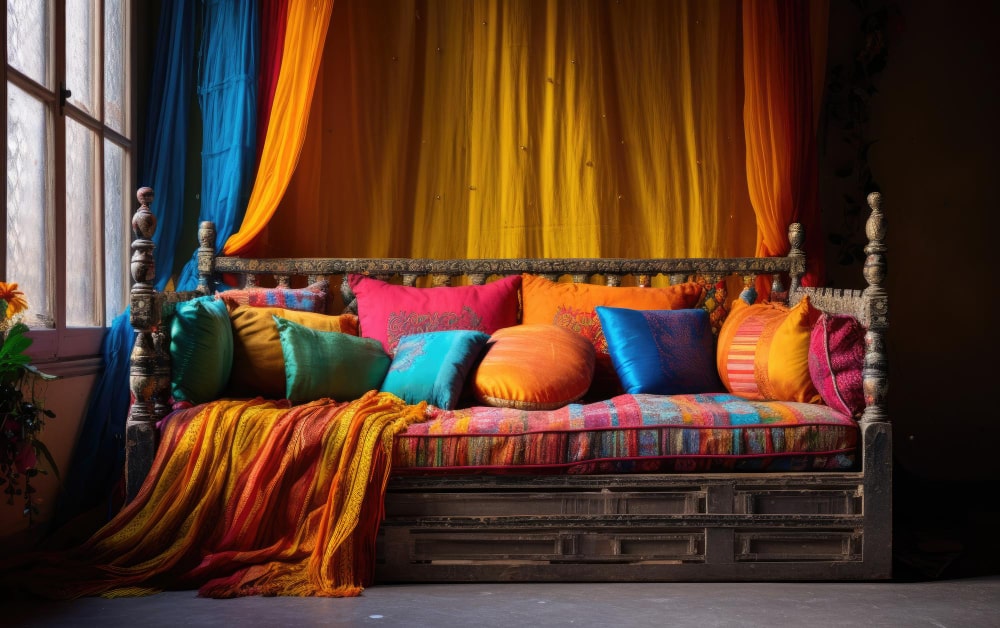
You know you want to add some soft furnishings and warmth to your living space. But with so many fabric options to choose from, how do you decide what’s right for your home and budget? Lucky for you, we’re going to break down some of the most popular soft furnishing materials so you can find what works.
From natural fibers like cotton and linen to synthetics like polyester, there’s a range of prices and benefits to consider for your next pillow, throw blanket or upholstered chair. Whether you’re looking to splurge on sumptuous silk or save with cozy chenille, read on to find out which of these 10 materials suit your style and how much you can expect to spend. By the end of this, your space will be filled with irresistible softness.
A- An Overview of Popular Soft Furnishings Fabrics
Soft furnishings are textiles used to decorate a living space and make it cozy. Some of the most popular options include:
a- Cotton
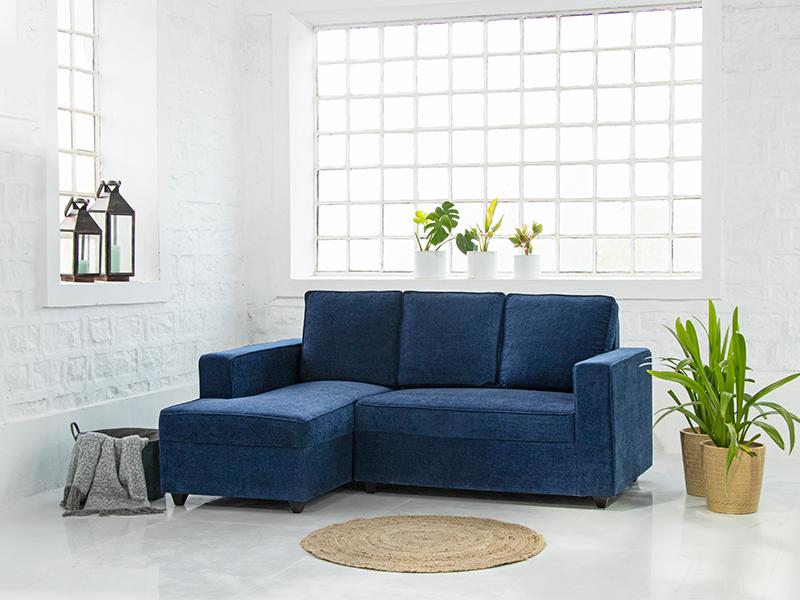
Cotton is a natural fiber that’s breathable, durable, and affordable. It comes in a range of thread counts indicating softness. Higher thread counts like Egyptian cotton (200+) are softer but pricier. Cotton works well for sheets, towels, blankets, upholstery.
b- Linen
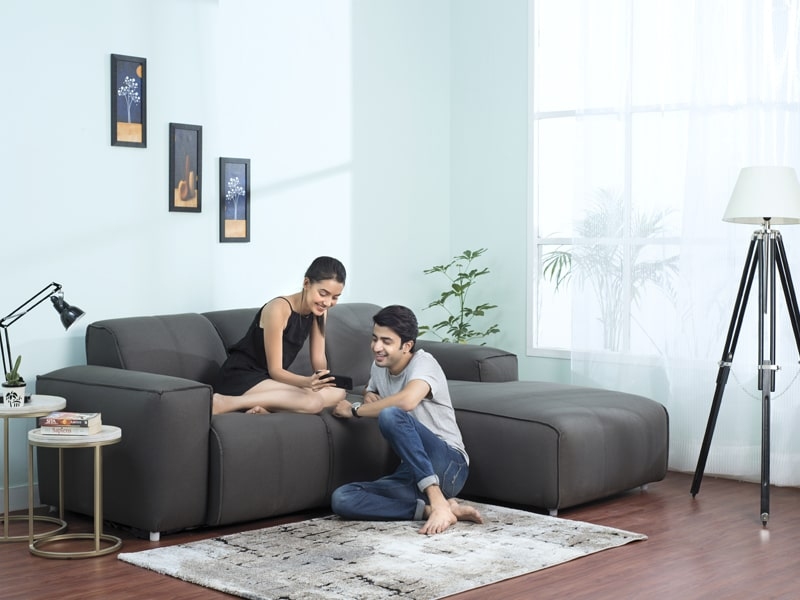
Linen, a comparatively more expensive fabric, is another natural fiber that’s crisp, durable, and gets softer with age. Linen wrinkles easily but that’s part of its charm. It’s ideal for tablecloths, curtains and summer clothing.
c- Silk Soft Furnishings

Silk is a luxurious natural fiber that’s soft, smooth and lustrous. This fabric like charmeuse or satin is expensive but prized for its elegance. Silk is perfect for sheets, pillowcases, robes, and lingerie. Silk curtains or upholstery would make a lavish statement.
d- Polyester & It’s Variations
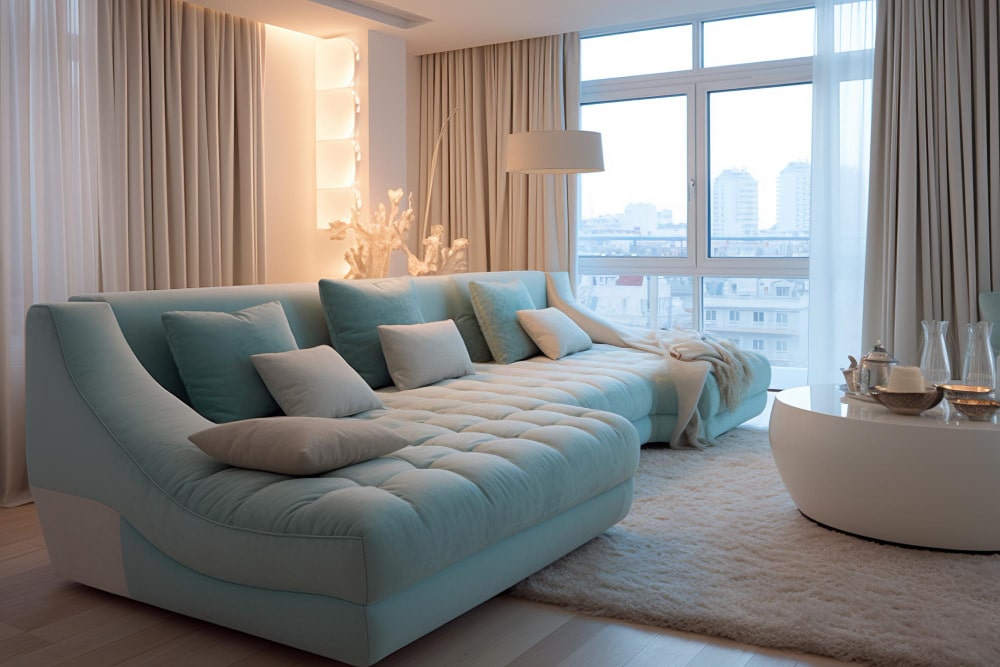
Polyester is a synthetic fiber that’s wrinkle-resistant, durable, and budget-friendly. Microfiber made of ultra-fine polyester fibers is soft and plush. Fleece is a napped insulating polyester fabric great for blankets and jackets. Polyester is versatile and works well for a range of uses, from sheets and towels to curtains and upholstery.
With so many options, you can choose soft furnishings to complement your décor and fit your budget. Mixing natural and synthetic fibers also allows you to balance comfort with practicality. Finding your perfect combination of softness and style has never been easier.
B- Natural Fabrics for Soft Furnishings:
When it comes to soft furnishings, natural fabrics reign supreme. Cotton, linen, silk and wool have been used for centuries and offer comfort, breathability and a luxurious feel.
1- Cotton

Cotton is a popular, affordable choice for upholstery, bedding, towels and more. It’s breathable, absorbent and suitable for all seasons. Cotton comes in different grades, from lightweight voile to cozy flannel. Expect to pay ₹ 120 / Meter onwards.
2- Linen
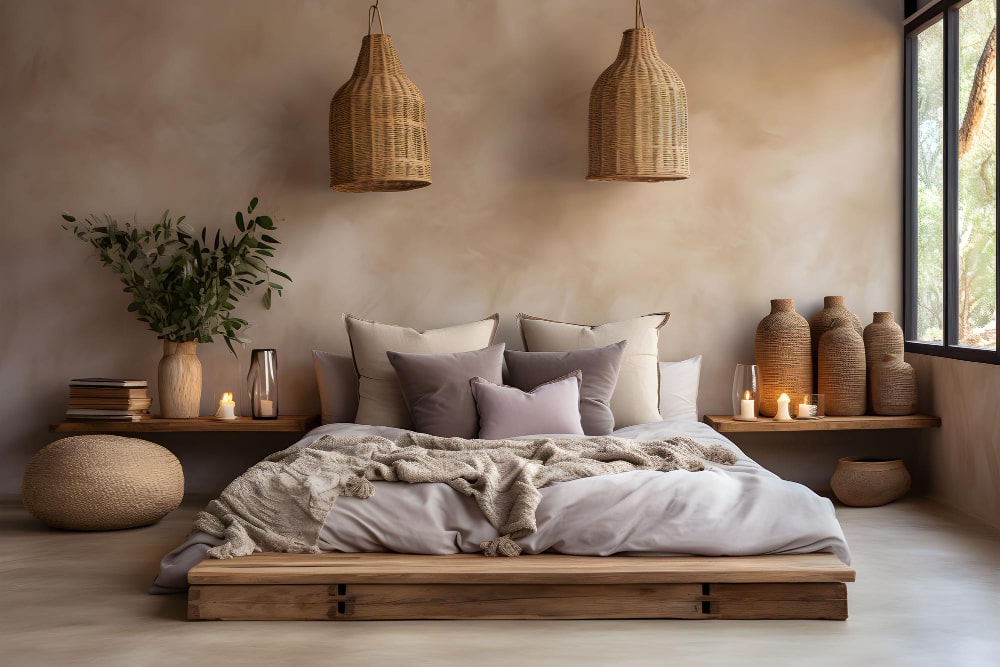
Linen has a casual, wrinkled look and is ideal for hot weather. Made from flax plants, linen is ultra-breathable and durable. It softens over time but requires ironing. Linen typically ranges from ₹ 400 / Meter onwards, depending on the quality.
3- Silk
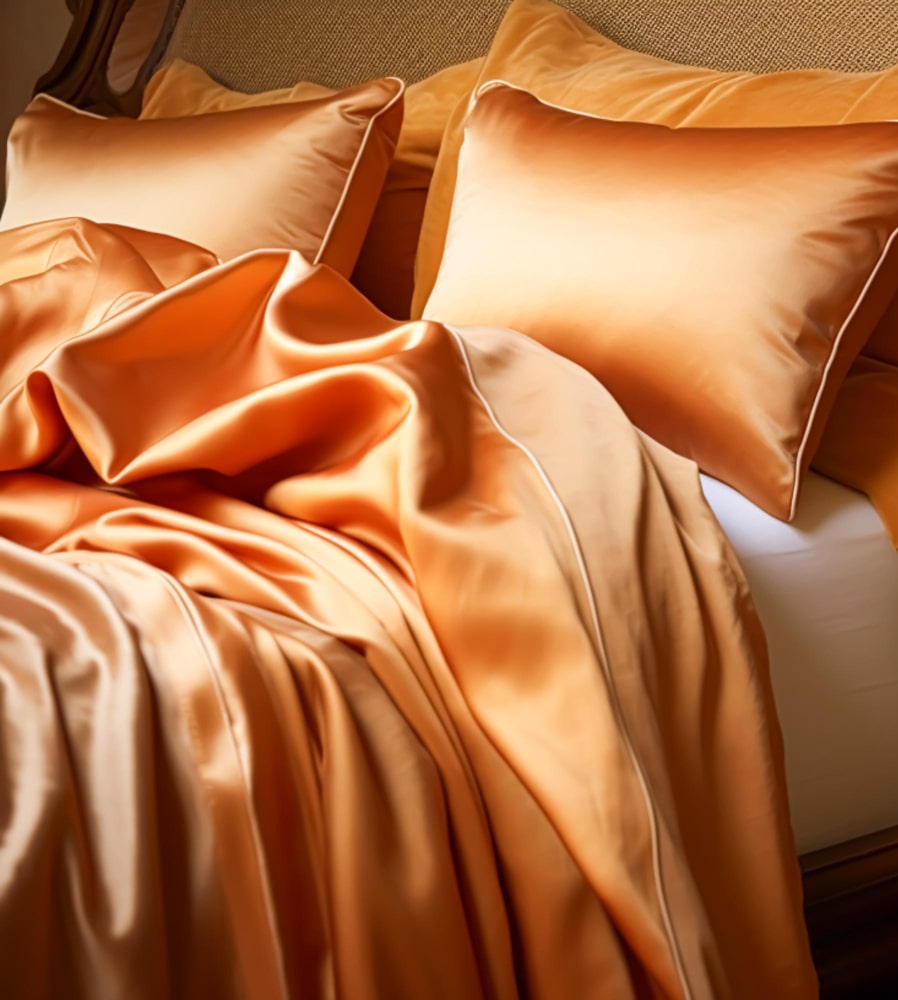
Silk is a luxurious, versatile fabric perfect for upholstery, bedding, clothing and crafts. Silk is smooth, breathable and has an elegant sheen. However, silk can be difficult to clean and stains easily. Silk fabric usually starts around ₹ 500 / Meter or more for high-quality silk like charmeuse or chiffon.
4- Wool
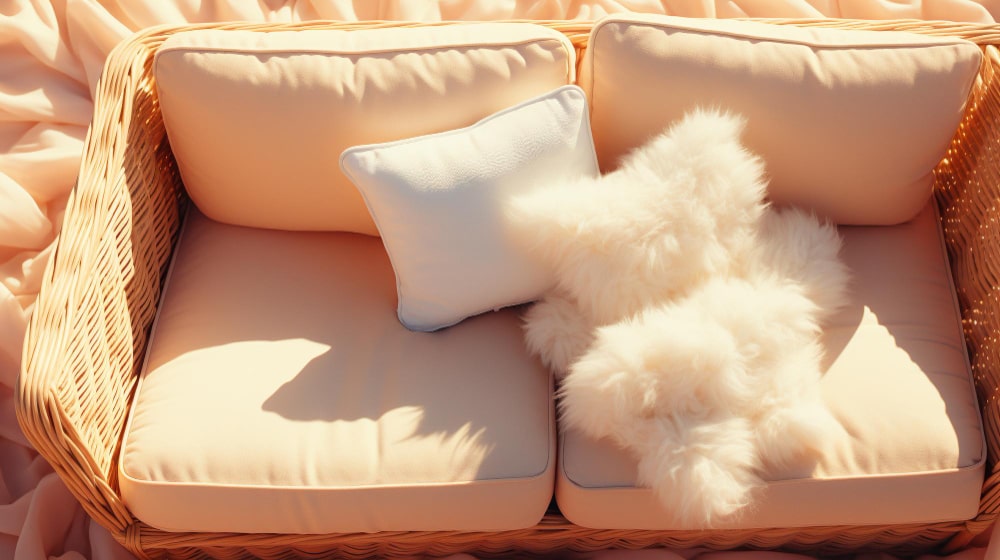
Wool is a warm, cozy fabric ideal for winter furnishings, rugs, clothing, and blankets. This natural fabric is water-resistant, flame-retardant and long-lasting. Wool felt, tweed, flannel and melton are popular for upholstery. Wool fabric typically ranges from ₹ 400 to ₹ 800 / Meter onwards.
With a variety of natural fabrics to choose from, you can create a stylish space that’s also comfortable and long-lasting. Select fabrics based on the look you want, how much use the item will get and your budget. Mixing and matching different fabrics also adds visual interest to any room.
c- Synthetic Soft Furnishings Fabrics:
5- Polyester
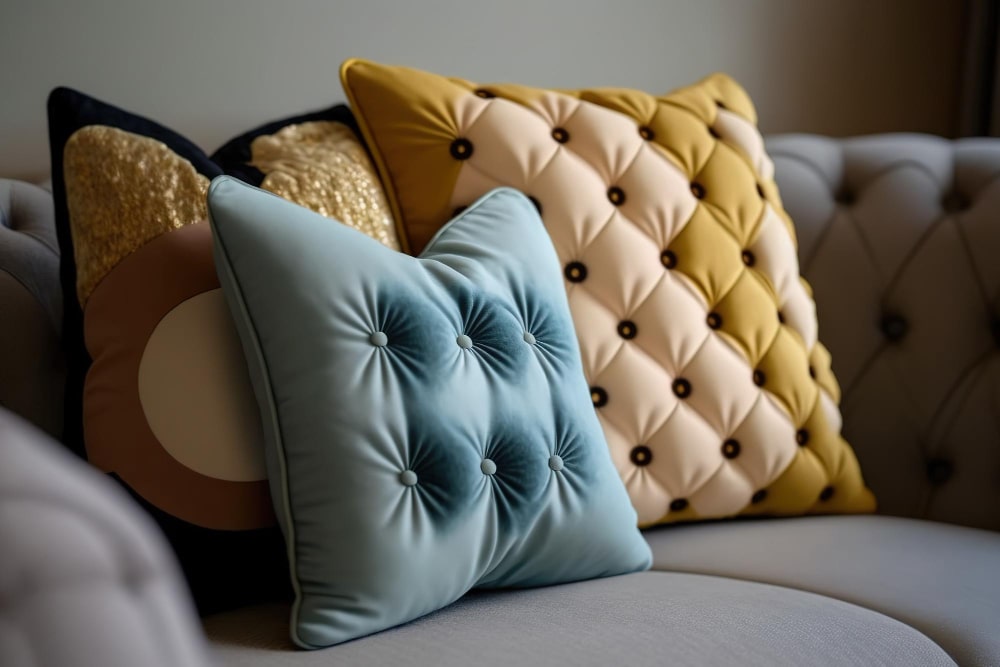
Polyester is a popular, inexpensive synthetic fiber used to make a variety of home decor fabrics like microfiber. It’s durable, wrinkle-resistant and chemical resistant. However, polyester isn’t breathable and can feel rough or irritating for some. It’s a good option if you’re on a budget or need an easy-care material. Polyester typically ranges from ₹ 200 / Meter onwards, depending on the quality.
6- Chenille
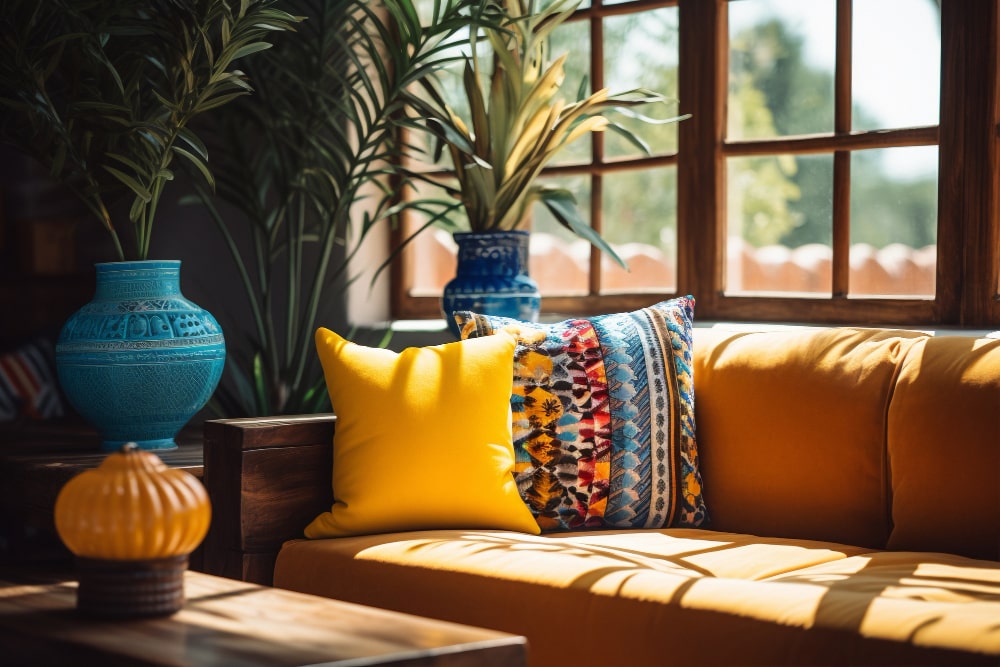
Chenille is a soft, fuzzy fabric with a pile effect. It’s made from cotton, rayon or polyester fibers twisted together, then woven into fabric. Chenille is durable but may pill over time. It provides insulation and texture, great for throws, blankets, rugs and upholstery. Price range varies but typically middle to high. Chenille typically ranges from ₹ 150 / Meter onwards, depending on the quality.
7- Velour
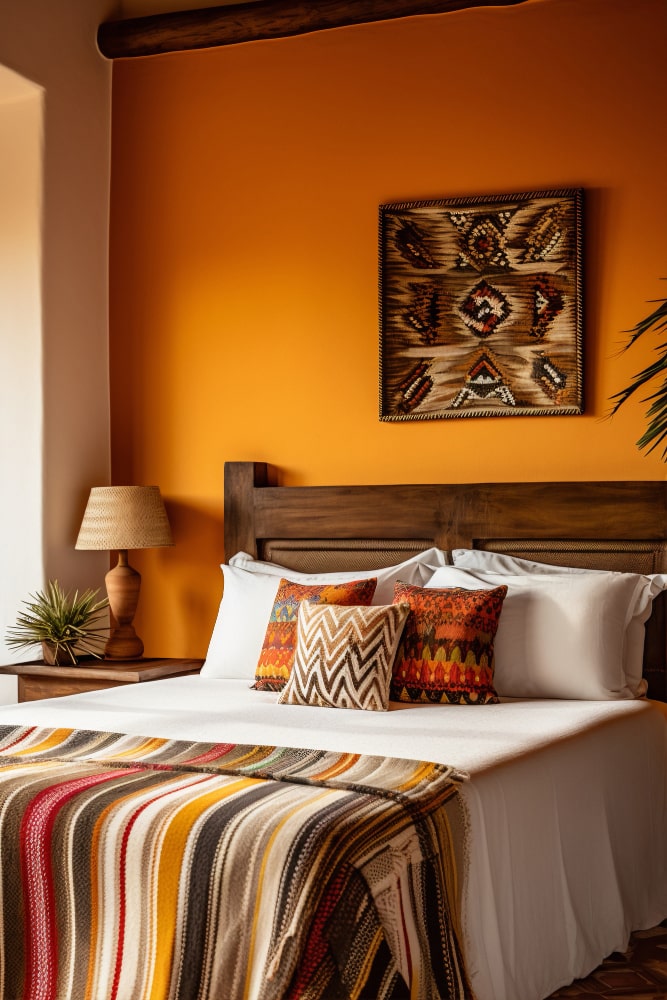
Velour is a knitted synthetic fabric resembling velvet. It’s made of polyester, rayon or a poly-cotton blend. Velour is plush, durable and resistant to stains but not breathable. It’s often used for loungewear, robes, and upholstery. Velour typically ranges from ₹ 275 / Meter onwards, depending on the quality
8- Suede
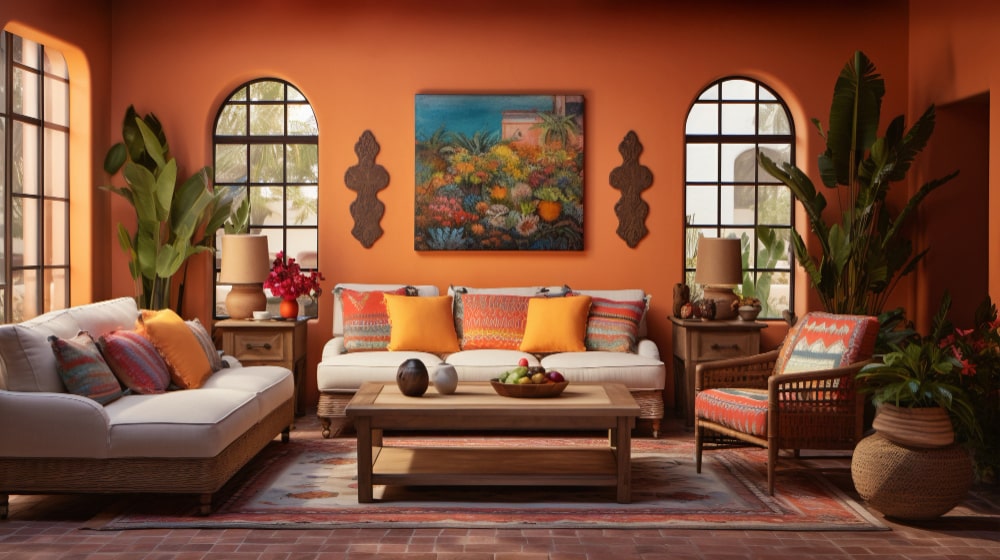
Suede fabric has a soft, fuzzy surface and nubby texture. It’s made from polyester or rayon and treated to resemble natural suede leather. Suede is durable but stains easily and isn’t breathable. It’s commonly used to make jackets, handbags, shoes and upholstery. Suede typically ranges from ₹ 125 / Meter onwards, depending on the quality.
9- Canvas
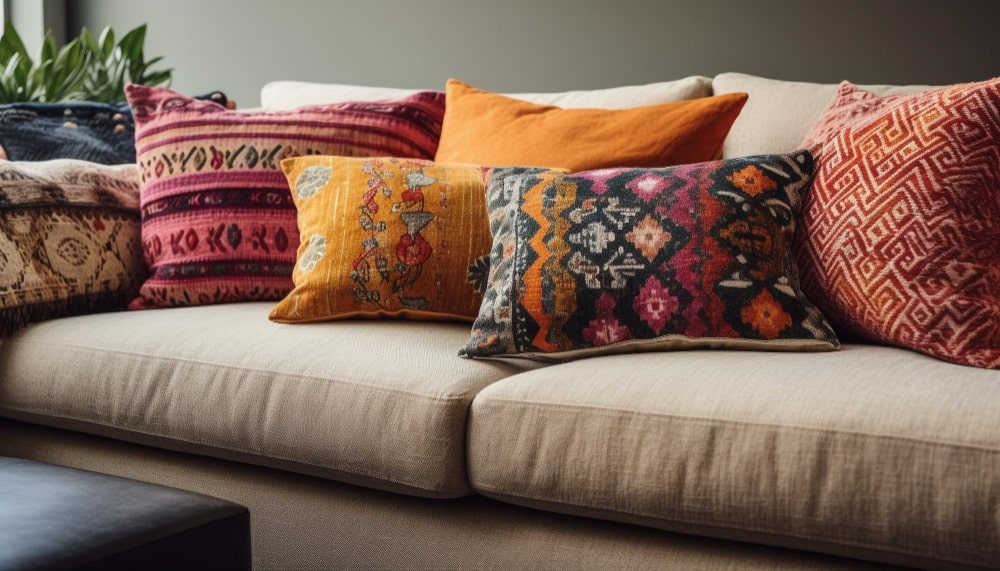
Canvas is a heavy, plain woven fabric usually made of cotton or a cotton blend. Canvas is durable, resistant to wind and weather, and breathable. However, it lacks softness and can be rough. Canvas is often used for awnings, tents, sails, workwear, and upholstery. Canvas typically ranges from ₹ 100 / Meter onwards, depending on the quality
10- Velvet
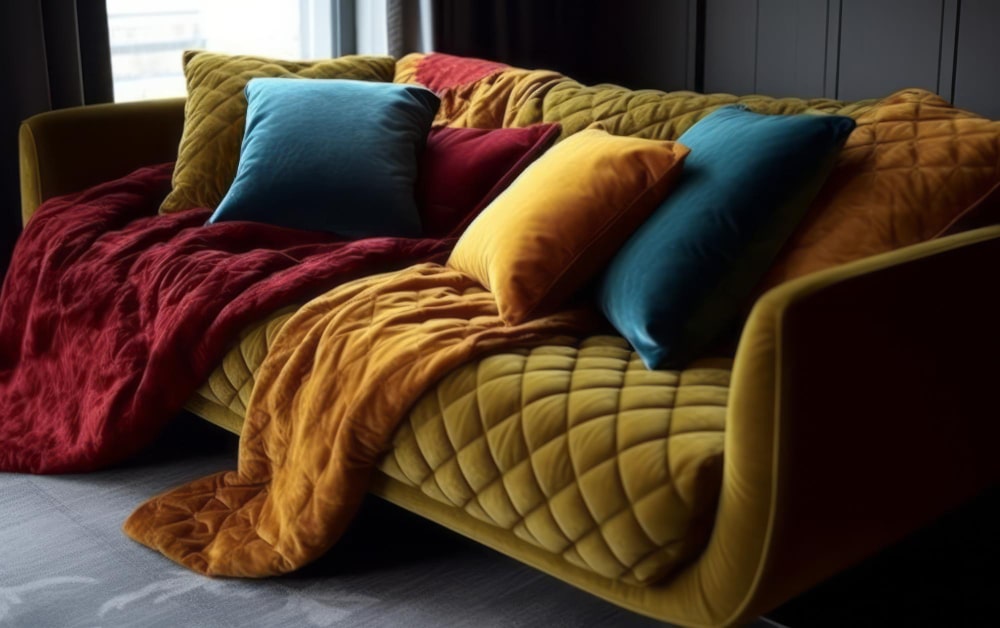
Velvet is a luxurious pile fabric with a soft, voluminous texture. It’s made of silk, rayon, cotton or a blend. This fabric is durable and insulating but shows wear patterns easily and requires frequent brushing. Velvet is prized for clothing, upholstery, and home decor accents. Velvet typically ranges from ₹ 150 / Meter onwards, depending on the quality
In summary, synthetic and blended fabrics provide benefits like durability, easy care, and affordability. However, they often lack breathability and softness compared to natural fibers. For home decor, consider how a fabric will be used and choose what combination of benefits and drawbacks works for your needs and budget.
D- Comparing Prices and Benefits of Natural vs. Synthetic Fabrics for Soft Furnishings
When deciding between natural or synthetic fabrics for your soft furnishings, comparing the benefits and price points can help determine what’s right for your needs and budget.
a- Natural Fabrics
Natural fabrics like cotton, linen, silk and wool offer breathability, comfort and an organic feel, though tend to cost more.
- Cotton is soft, breathable and affordable. It’s ideal for bedding, towels and casual upholstery. Prices range from inexpensive to high-end, depending on the quality and weave.
- Linen is lightweight, crisp and elegant. Best for warm weather bedding and upholstery. Prices are on the higher end due to the intensive production process.
- Silk is luxurious, lustrous and insulating. Used for bedding, upholstery and drapery. Silk furnishings are a premium investment, with prices varying based on the quality, weave and dyeing technique.
- Wool is cozy, durable and naturally resistant to stains and wrinkling. Perfect for winter bedding, rugs, and upholstery. High-quality wool products are on the pricey side, though wool blends can lower the cost.
b- Synthetic Fabrics
Synthetic options like polyester, chenille, velour and microfiber are budget-friendly, durable and resistant to wrinkling, though less breathable.
- Polyester is versatile, wrinkle-resistant and inexpensive. Used for bedding, drapes, rugs and casual upholstery. Provides good value for the price.
- Chenille has a soft, fuzzy texture. Used primarily for rugs, blankets and upholstery. Affordable to moderately priced.
- Velour is plush, cozy and inexpensive. Great for blankets, robes, rugs and upholstery. Typically lower- to mid-range in price.
- Microfiber is ultra soft, lightweight, stain-resistant and very budget-friendly. Ideal for bedding, towels, blankets, and upholstery. Offers excellent value at a low cost.
In the end, you’ll need to weigh the pros and cons of different materials based on how much you want to invest and the level of comfort and quality that fits your needs. With some savvy shopping, you can find beautiful, long-lasting soft furnishings at any price point.
E- Tips for Choosing the Best Fabric for Your Soft Furnishings
Consider these tips, when choosing fabrics for your soft furnishings:
a- Durability of Soft Furnishings
Think about how much wear and tear the fabric will get. If it’s for heavy-use furniture like a sofa or chair, choose a durable fabric like cotton, linen or polyester. More delicate fabrics like silk or velvet are better for accent pieces.
b- Stain Resistance of Soft Furnishings
For high-traffic areas prone to spills, a fabric like cotton or polyester that repels stains is good. Fabrics like silk, velvet and suede will stain more easily. Apply a stain guard treatment to help prevent stains from setting in.
c- Ease of Care of Soft Furnishings
Consider how much maintenance the fabric will require. Easy-care fabrics like cotton, polyester and linen can be machine washed. Silk, wool, velvet and chenille often require dry cleaning or hand washing. Think about how much time you want to spend caring for your soft furnishings.
d- Texture of Soft Furnishings
The texture of a fabric affects its look and feel. Smooth fabrics like silk have a luxurious drape, while nubby fabrics like linen or chenille provide more texture. Velvet and suede are soft and plush. Choose a texture suited to your personal style.
e- Cost of Soft Furnishings
Fabric prices range from affordable (cotton, polyester) to expensive (silk, wool). Set a budget before you shop and choose fabrics within your price range. You can also save money by purchasing less expensive fabrics for less visible areas like backs of cushions.
Choosing the right fabrics for your needs will ensure your soft furnishings look and function their best. Do some research on different fabric types to determine what is most suitable for your space and lifestyle. With so many options available, you’re sure to find fabrics that are perfect for you.
Take Away
So there you have it, an overview of some of the most popular soft furnishings materials and what you can expect in terms of benefits and price. As you can see, there are options at every budget from affordable cotton and canvas to luxurious silk and velvet. The key is to choose what suits your needs, personal style, and wallet.
If you want natural, breathable and budget-friendly, cotton or linen are great choices. For a cozy, warm feel wool or velour can’t be beat. And when you want to add a touch of elegance and glamor, silk or velvet are ideal. With so many wonderful materials to pick from, you can create a space that is uniquely you. The possibilities are endless, so have fun with it!

